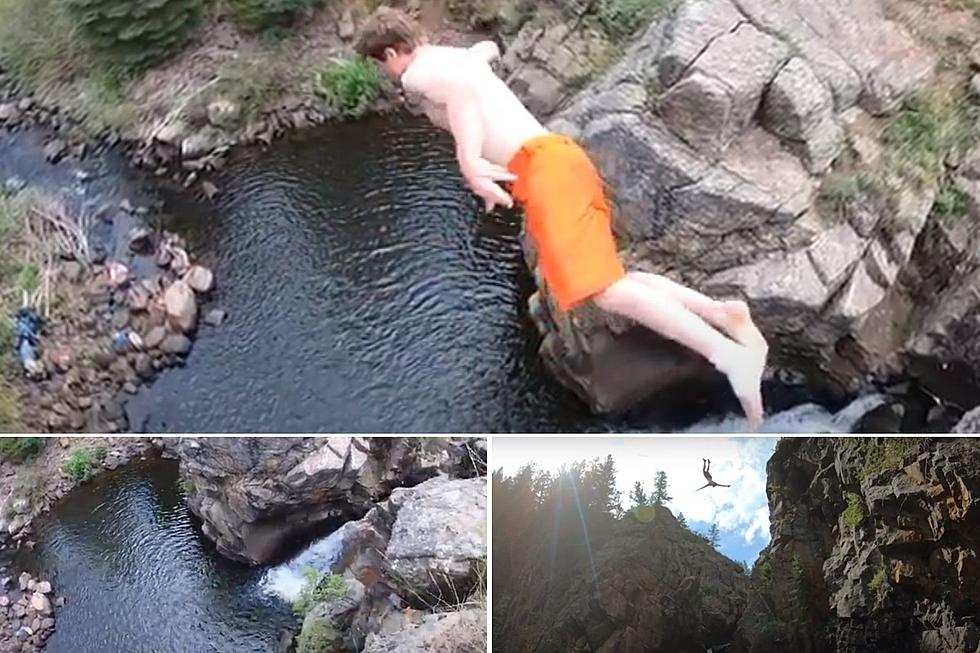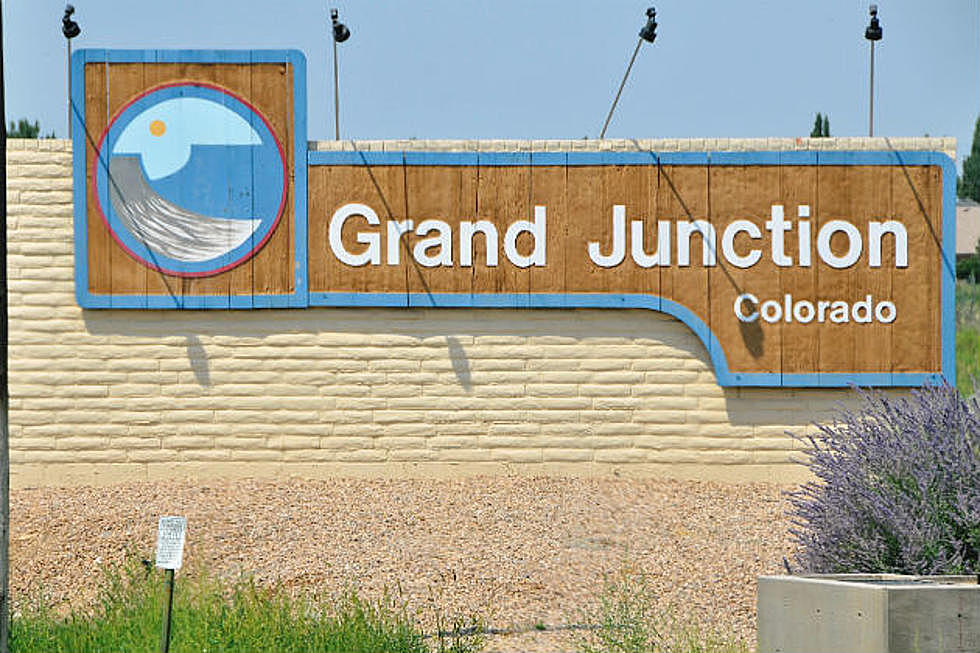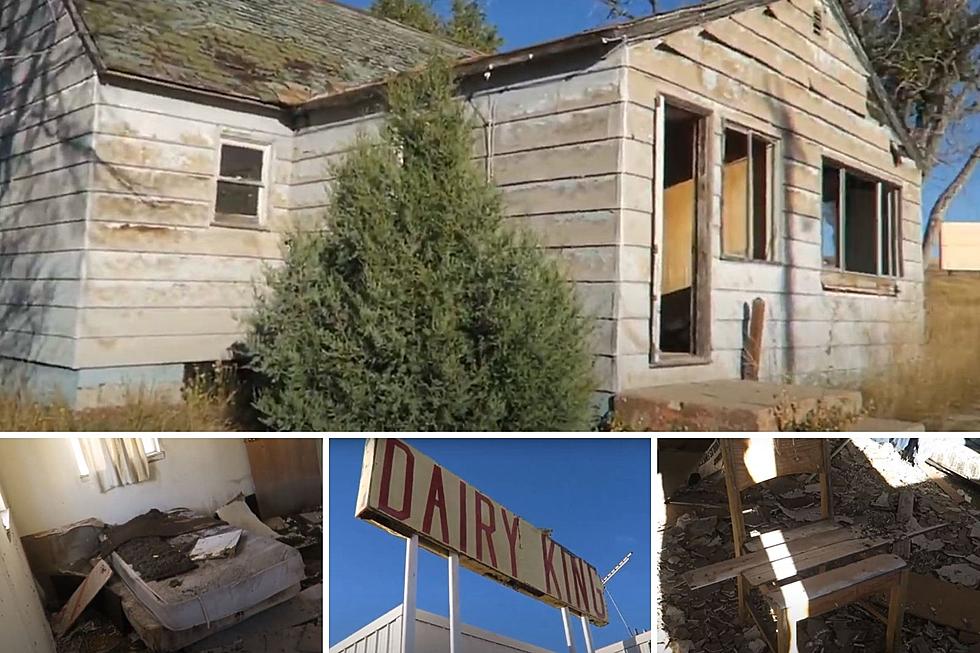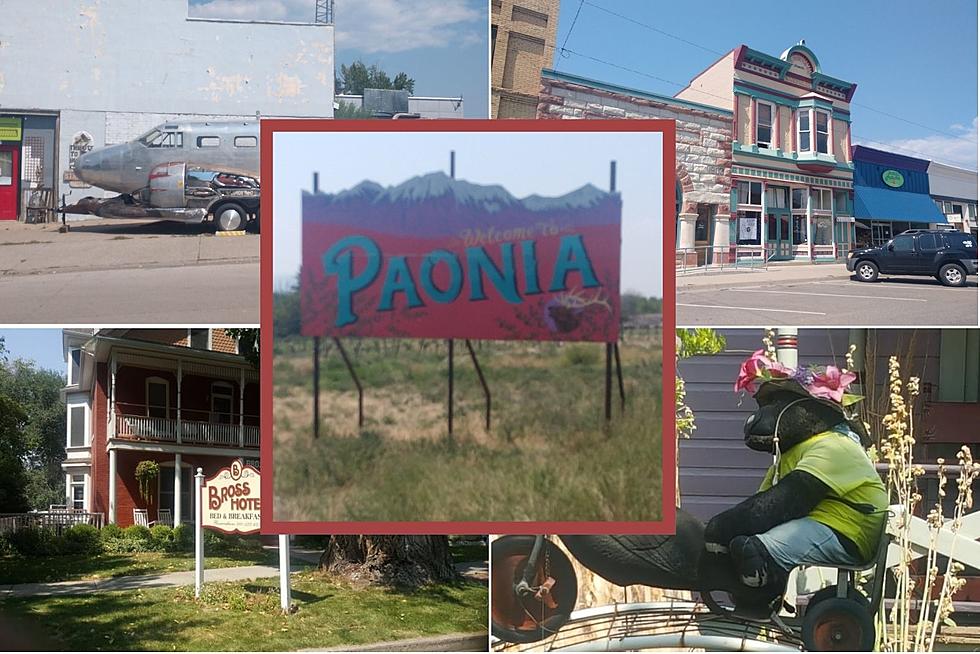
Colorado Mountain Ranges by Name and Region
Heading out to play in the mountains of Colorado? Which range should you visit? Where exactly is each mountain range in Colorado?
Scroll on for answers as we get a look at each one of Colorado's primary mountain ranges by name and location.

How Many Primary Mountain Ranges Does Colorado Have?
Colorado is home to more than 15 mountain ranges. We also have features like the Grand Mesa, the Uncompahgre Plateau, and the White River Plateau that also come along for the ride when discussing the mountain ranges in Colorado.
The Names of Colorado's Primary Mountain Ranges and Features
Colorado is home to 54 14er mountains that exceed 14,000 feet and more than 600 peaks that exceed 13,000 feet. Here are the names of Colorado's major mountain ranges.
- Elk Mountains
- Flat Tops
- Front Range
- Grand Mesa
- Gore Range
- Laramie Mountains
- Medicine Bow Mountains
- Mosquito Range Mountain Range
- Park Range
- Rabbit Ears Range
- Sawatch Mountain Range
- Sangre de Cristo Mountain Range
- San Juan Mountains
- Uncompahgre Plateau
- Ute Mountains
- White River Plateau
The Location of Colorado's Primary Mountain Ranges
Sawatch Mountain Range: Southern Rocky Mountains in Central Colorado. These mountains run south from Eagle River for 100 miles to about the city of Saguache.
Sangre de Cristo Mountain Range: A segment of the southern Rocky Mountains that extend to the south for about 250 miles from the Poncha Pass in south-central Colorado to southwest New Mexico.
San Juan Mountains: The southern Rocky Mountains of the San Juan range begin near Ouray, Colorado, and extend southwest for about 150 along the Rio Grande to the Chama River in New Mexico.
Mosquito Range Mountain Range: The Mosquito Range is some of the highest mountains in Colorado running south from Summit County for about 40 miles toward the Park and Lake County borders.
Front Range: The mountains of the Front Range run North-South between Casper, Wyoming, and Pueblo, Colorado, and rise over 10,000 feet above the plains.
Elk Mountains: The high rugged Elk Mountain range sits close to the Continental Divide in West-Central Colorado. Most of these mountains are located in and around the White River National Forest and the Gunnison National Forest in Pitkin and Gunnison Counties.
Park Range: The Park Range is an isolated part of the Continental Divide that runs North to South for about 110 miles along the Jackson and Routt County lines in Colorado.
Gore Range: The Gore is an extension of the Park Range that stretches south from Rabbit Ears Pass (U.S. Highway 40) to the Eagle River closer to Vail.
Medicine Bow Mountains: These mountains extend north from Cameron Pass between Larimer & Jackson counties into southern Wyoming.
Flat Tops: The Flat Tops Range is inside the Routt and White River National Forests in Routt County. A famous hike in the area features the Devil’s Causeway.
Rabbit Ears Range: The Rabbit Ears separate North Park, Colorado from Middle Park. These mountains move from east to west following the divide and creating the border separating Grand and Jackson counties.
White River Plateau: The Plateau starts north of Glenwood Springs and is a large dome-shaped area that includes parts of Eagle, Routt, Rio Blanco, and Garfield Counties.
Grand Mesa: East of Grand Junction, Colorado the Grand Mesa is the largest flat-top mountain in the world with a surface area covering over 500 miles.
Laramie Mountains: The Laramie Mountains are the eastern edge of the Rocky Mountains in Colorado and Wyoming. North of the Front Range. The gap between the Laramie and Bighorn Mountains is the historic route of the Oregon Trail.
Uncompahgre Plateau: The Uncompahgre Plateau is a huge uplift of the Colorado Plateau that rises to an average elevation of 9,500 feet. It extends to the southeast for about 90 miles and reaches 5 counties or about 2290 square miles.
Ute Mountains: The Ute Mountains are a small range in southwestern Colorado located on the northern edge of the Ute Mountain Ute Tribe Reservation.
Colorado Mountain Ranges by Name and Region
MORE: These are the Highest Mountain Peaks in All of Colorado
Photos: A Walkthrough of Colorado's Beautiful Palisade Rim Trail
More From 103.7 The River









